
The UK government has confirmed the budget for the sixth Allocation Round (AR6), including more than £800 million for offshore wind projects.
The next Contracts for Difference (CfD) auction will open for bids from developers on March 27, with renewable energy types grouped into three pots.
The total budget for AR6 will include just over £1 billion in funding from each financial year from 2027/28 to 2029/30, plus an additional £905 million in 2030/31.
The government will allocate a record £800 million for offshore wind projects in AR6, part of efforts to make up for a disastrous AR5 auction which saw no bids from the sector.
Meanwhile, £120m will be allocated to renewable energy projects in Pot 1 each year from 2026/27 to 2029/30.
Pot 1 includes energy-from-waste, hydro, landfill gas, onshore wind, remote island wind, sewage gas and solar energy projects.
Finally, £105m will be set aside for projects in Pot 2 from 2027/28 to 2030/31.
While the AR6 budget represented a record level for offshore wind, industry leaders called it a “missed opportunity” that makes the government’s 50GW capacity by 2030 target “unachievable”.
Homegrown, green energy
Announcing the AR6 budget, the UK government said the decision to allocate a record £800m for offshore wind followed “an extensive review of the latest evidence, including the impact of global events on supply chains”.
The increase in funding makes AR6 “the largest round yet”, with four times more budget available to offshore wind than in AR5.
Alongside the increase in the strike price for offshore and floating offshore wind, the government said the AR6 budget will “ensure Britain remains a global pioneer in wind power”.
Energy secretary Claire Coutinho said: “When it comes to renewables, we have a record to be proud of. In 2010, just 7% of our electricity came from renewables, this is now up to over 40% today.
“We have the second largest renewables capacity in Europe, which is backed by £300 billion of investment since 2010, with £24bn since September alone.
“We are sticking to the plan to deliver the long-term change our country needs to deliver a brighter future for Britain – securing more homegrown, green energy we can protect billpayers from volatile gas prices.”
Tidal stream receives £10m
Renewable energy types in Pot 2 include floating offshore wind, geothermal, tidal stream and wave energy among others.
A minimum of £10m will be allocated for tidal stream projects in Pot 2, falling short of the £30m the sector had been campaigning for.
The UK Marine Energy Council also wanted to see the introduction of a ringfenced funding for wave energy in AR6 and AR7, which has not been included.
In response to the AR6 budget, Marine Energy Council chair Sue Barr maintaining a consistent route to market is critical in supporting investor confidence in the sector.
“Our ambition is to see UK content embedded in projects deployed here and around the world,” Ms Barr said.
“The industry welcomes the government’s continued support for the tidal stream sector.
“However, we are ready to go further and faster in realising the UK’s over 11GW of entirely predictable tidal stream energy resource.”
Ms Barr said the tidal industry is “ready to deliver” against a £30m ringfence, and called for more support for wave energy.
“With significant progress being made in wave energy in Portugal and Ireland, the UK government should engage with the sector to create a route to market for this abundant renewable energy resource,” Ms Barr said.
Meanwhile, the government will allocate a maximum budget of £8m for geothermal projects.
The government said the budget funding for AR6 is presented in real terms on the basis of a 2011/12 price level, to account for strike prices being published based on 2012 levels.
Renewable energy developers will have from 27 March to 19 April this year to submit bids as part of AR6.
Offshore wind budget ‘step in the right direction’
The government’s AR6 budget allocation received a positive response from the offshore wind sector.
ScottishPower chief executive officer Keith Anderson called the AR6 budget a “major step in the right direction”.
“After the failure of last year’s auction to attract any bids for new offshore projects, today’s announcement is an important test of the government’s resolve to get back on track with its own green energy targets,” Mr Anderson said.
“The government has taken a major step in the right direction today by quadrupling the available budget – a clear statement of intent in ramping up the ambition to bring cheaper, greener energy onto the system quickly.”
Mr Anderson said he expects the AR6 auction to be “hugely competitive” but said the government could be doing more.
“Given the scale of the available pipeline, there is always the opportunity to go further, and so we would encourage the government to revisit the budget in the light of developments,” he said.
Energy analysts also cautiously welcomed the AR6 budget confirmation in the wake of the failed AR5 round.
LCP Delta head of energy economics and finance Sam Hollister called the AR6 budget a “welcome development” for the offshore wind sector after AR5.
AR6 ‘may not be enough’ for 50GW target
However, Mr Hollister said it may not be enough for the UK to reach its 50GW by 2030 target.
“The £800mn dedicated to offshore wind could likely procure approximately 4-6GW in the upcoming auction,” he said.
“However, it may not be enough to get the UK back on track with time running out to build the additional 23GW needed by 2030.”
Scottish Renewables chief executive Clare Mack also said the funding allocated to offshore wind in the AR6 budget is “not fully aligned” with the increase in deployment required to meet the 2030 target.
“With a world leading pipeline of projects, we will only achieve this target through deployment in Scottish waters,” Ms Mack said.
“Industry was seeking a budget and framework that would repair the damage to the UK pipeline from last year’s empty offshore auction.
“We continue to urge ministers to work with industry in the months ahead to ensure this is delivered so that the AR6 budget matches the enormous economic potential of all renewable energy technologies.”
2030 target ‘looks unachievable’ with AR6 budget
Meanwhile, Renewable UK chief executive Dan McGrail said the AR6 budget represented a “missed opportunity” to maximise the amount of offshore wind capacity in this year’s auction.
“We have more than 10 gigawatts of capacity eligible to bid in this summer,” he said.
“Building this is essential if we’re to make up lost ground from last year’s auction and create the substantial pipeline required to accelerate supply chain investment and growth in the UK. This funding will only secure between 3 to 5 gigawatts.”
“This means a delay in attracting billions of pounds in private investment which we could have secured in this year’s auction to build and operate these projects, and opportunities to grow our supply chain to provide goods and services for projects here and abroad will not be maximised”.
Mr McGrail urged UK ministers to be “more ambitious” in revising this year’s auction budget upwards if new projects are consented in time, and to “aim high in future annual auction rounds”.
“This would enable them to get closer to their own target of 50 gigawatts of offshore wind by 2030 – over three times our current capacity,” he said.
“At the current pace, this target looks unachievable.
“This is crucial at a time of intense competition in the international offshore wind market, in which the UK is a global leader – although many other countries are taking bold steps to try to steal our crown by offering attractive incentives to build projects elsewhere”.
Recent analysis by Energy UK found the government will need to award at least 10GW of offshore wind in AR6 and AR7 for there to be a chance of reaching the 50GW target.
Energy UK added this could potentially be an underestimate, especially if projects that have already been awarded a CfD are not delivered.
If the AR6 and AR7 auctions only deliver offshore wind capacity at the same rate
If the next two auctions only deliver offshore wind capacity at the same rate as AR4, Energy UK estimated the UK will fall short of the target by 7GW.
Recommended for you


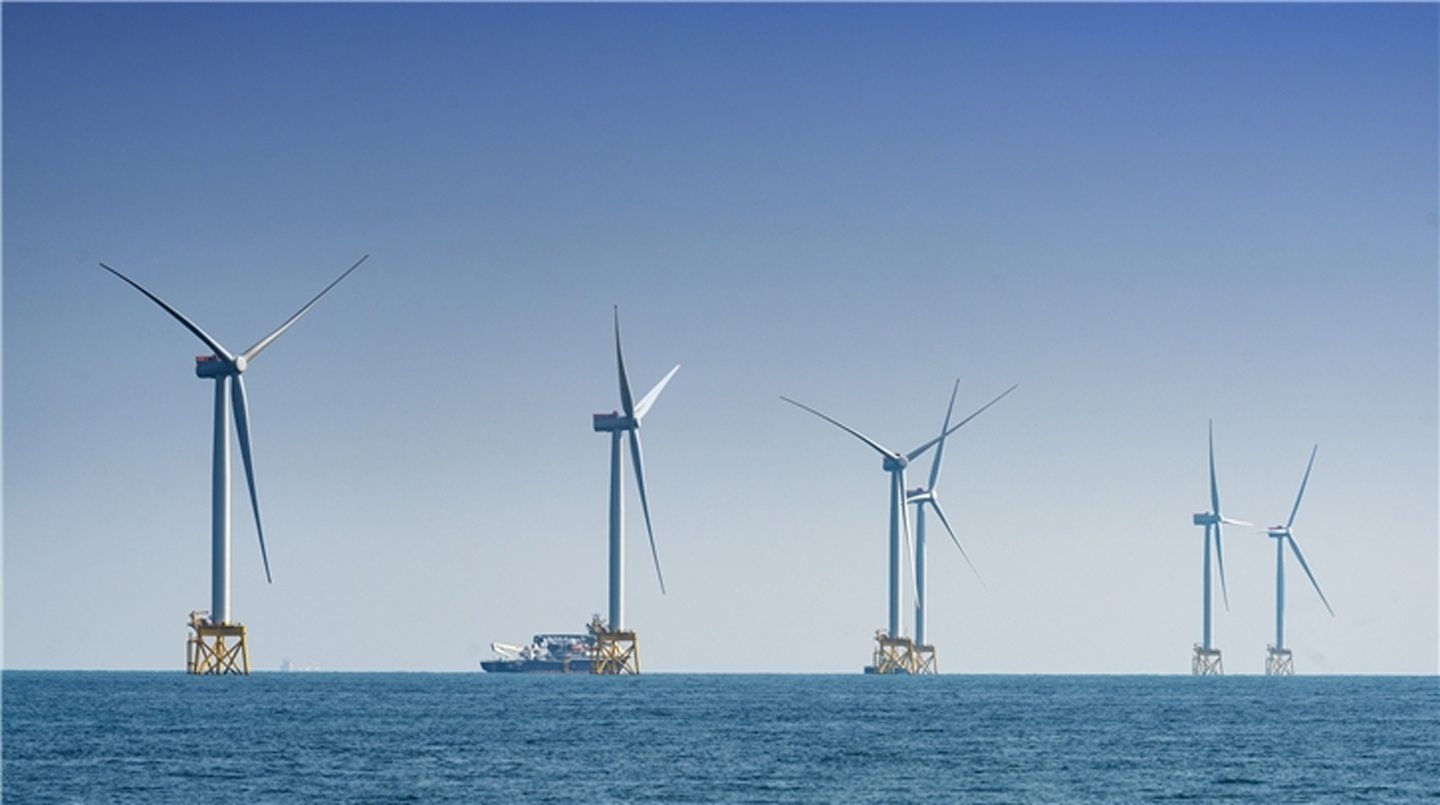 © Supplied by Iberdrola
© Supplied by Iberdrola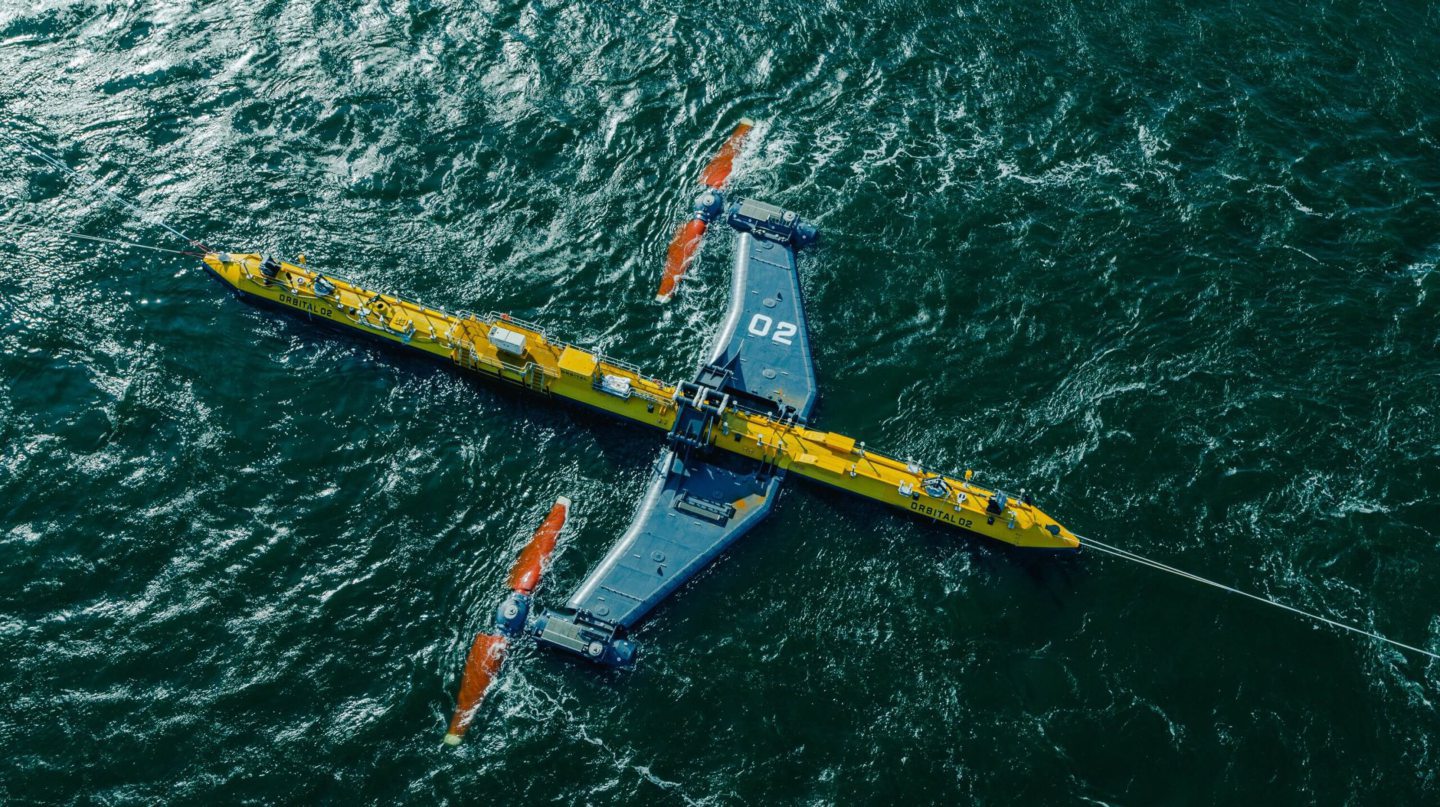 © Supplied by Orbital Marine Power
© Supplied by Orbital Marine Power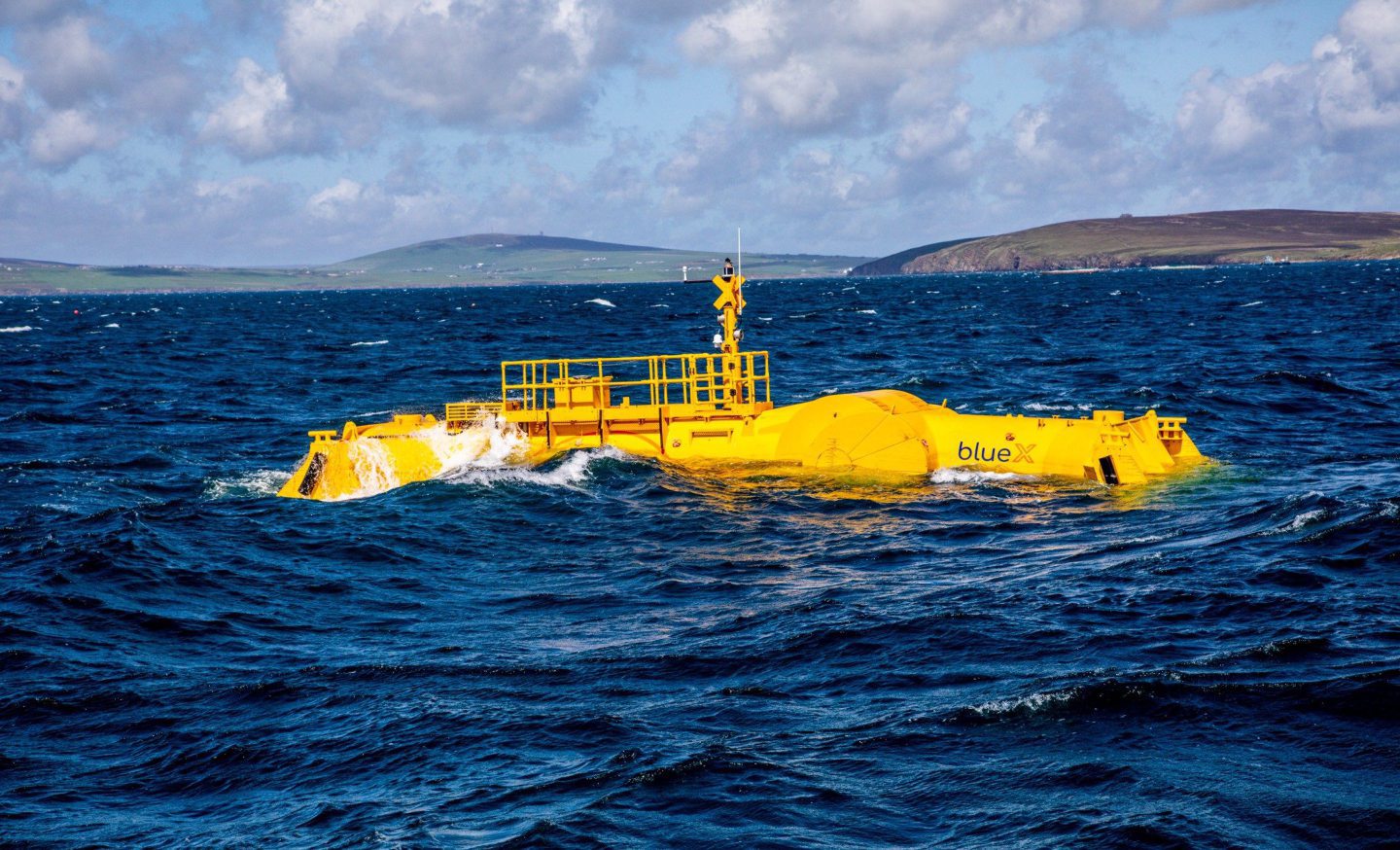 © Supplied by Mocean Energy
© Supplied by Mocean Energy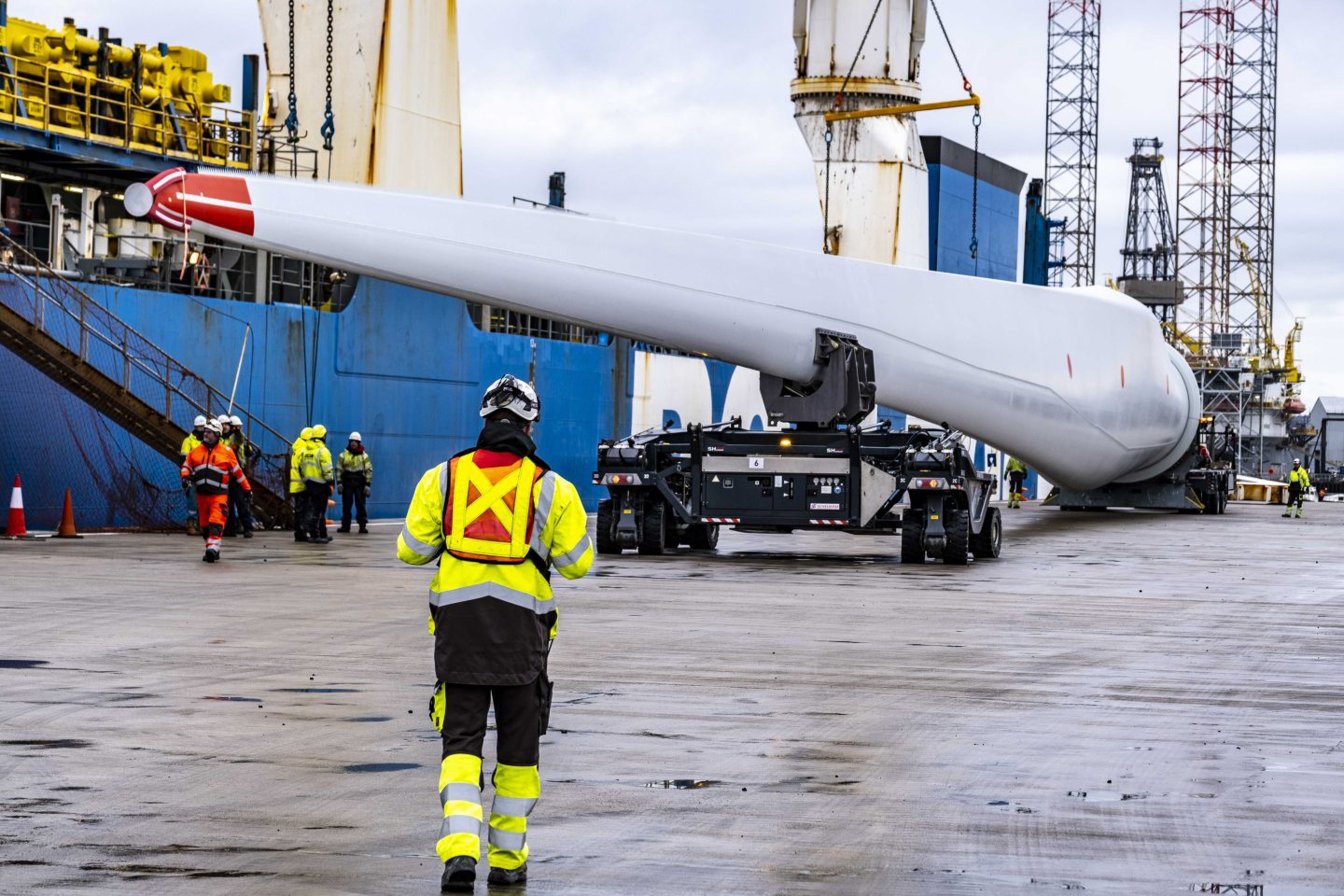 © Supplied by Forth Ports
© Supplied by Forth Ports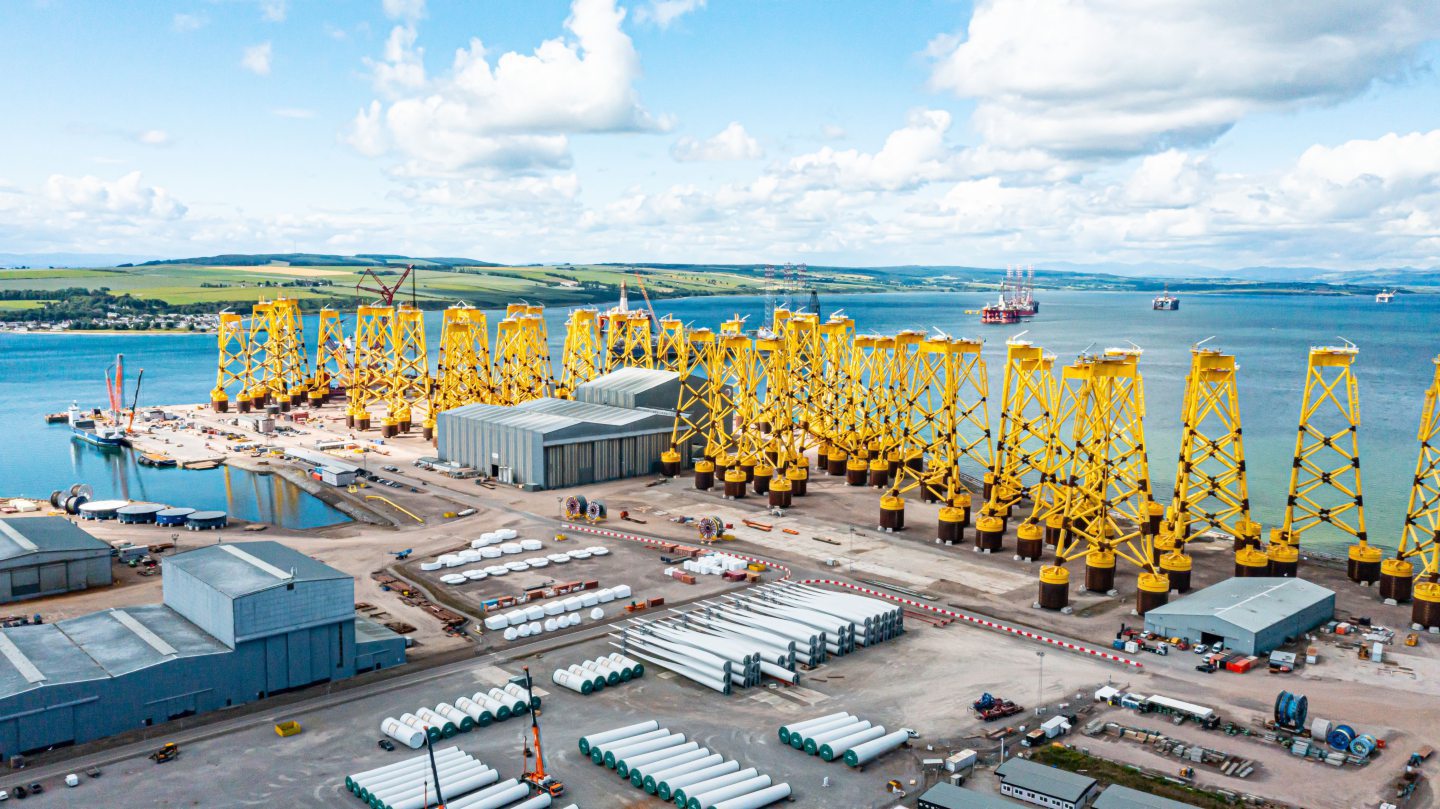 © Supplied by SSE Renewables
© Supplied by SSE Renewables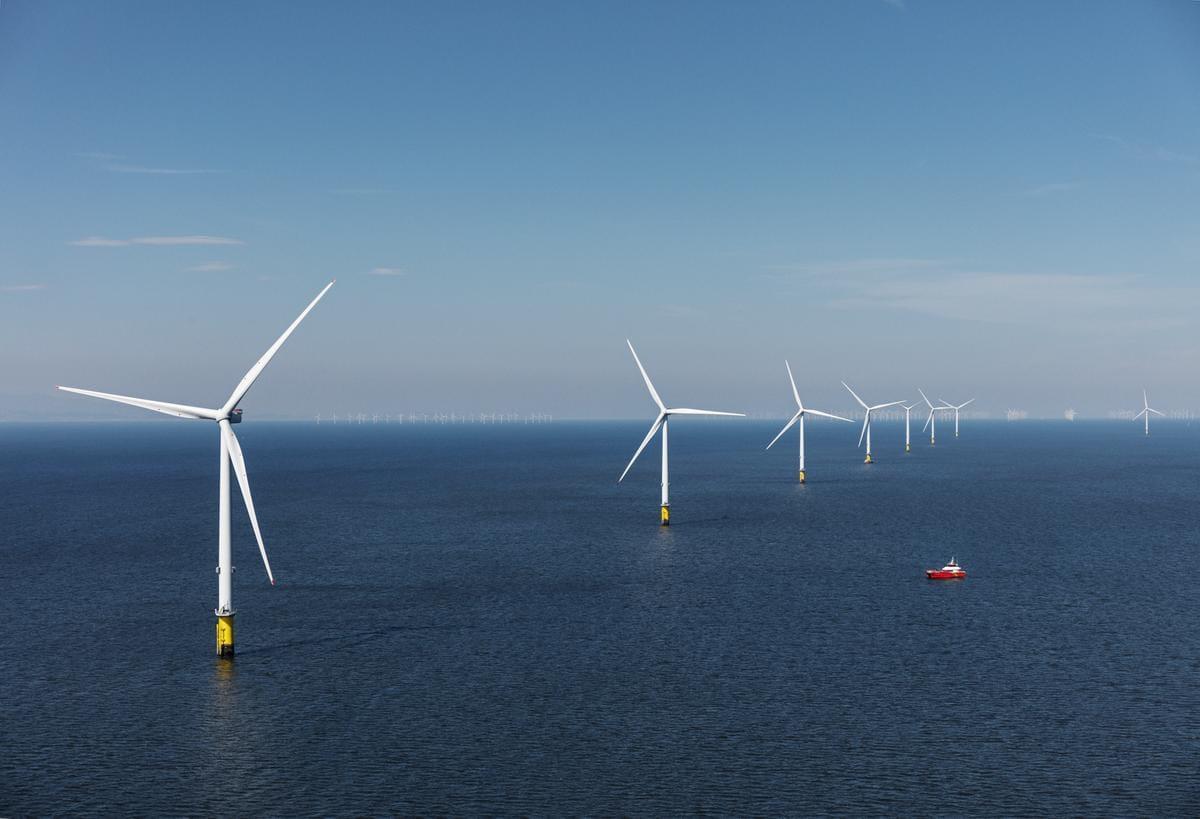 © Supplied by Orsted
© Supplied by Orsted